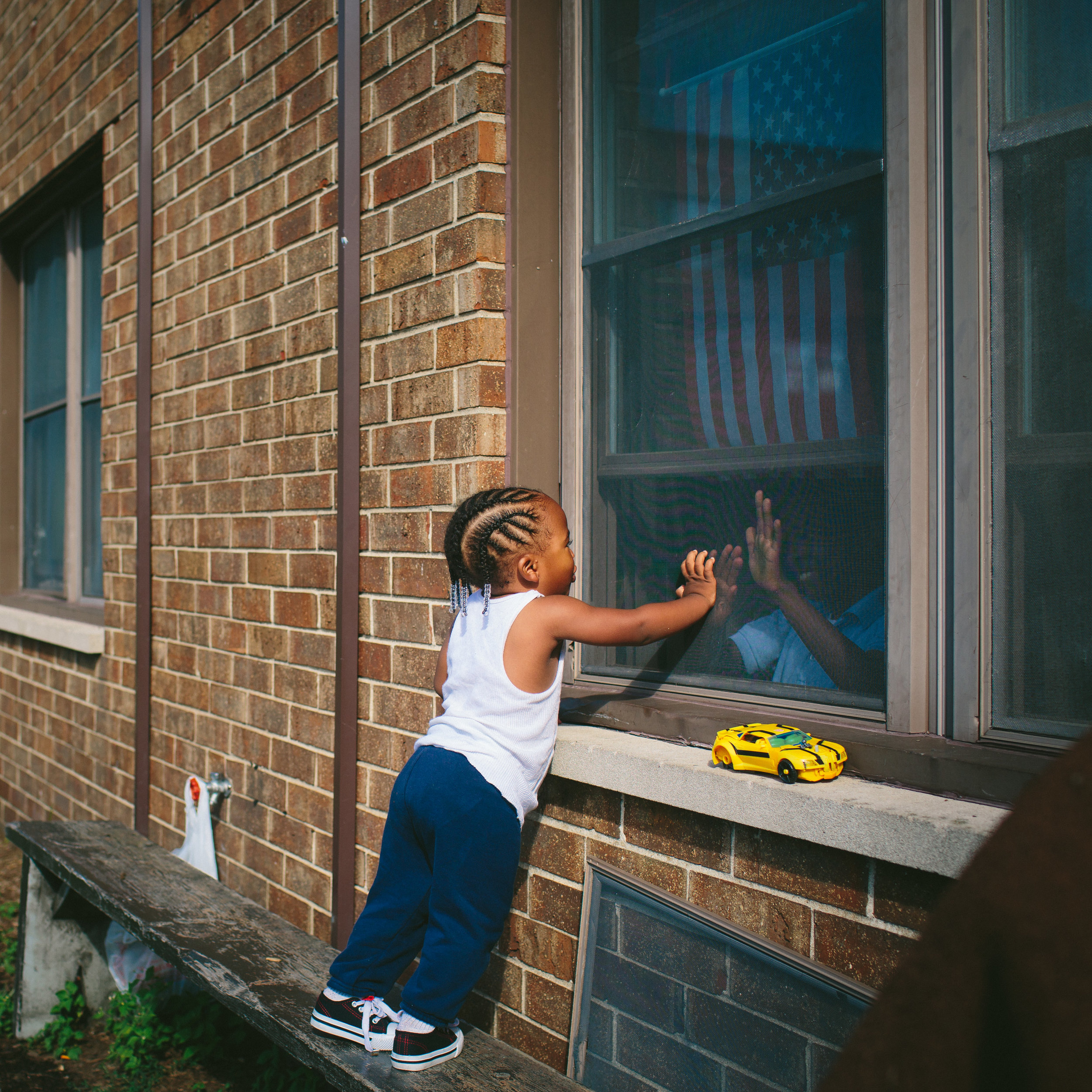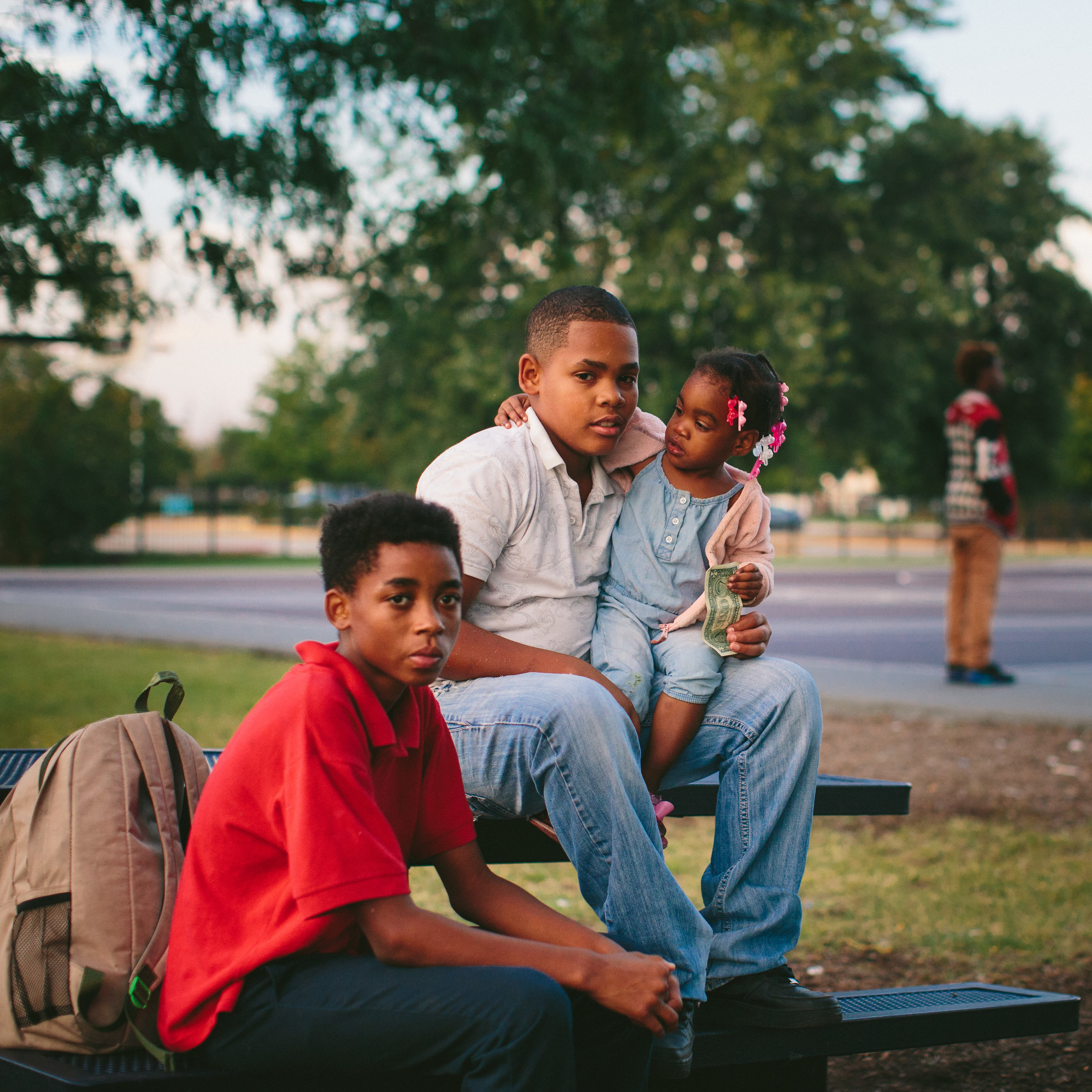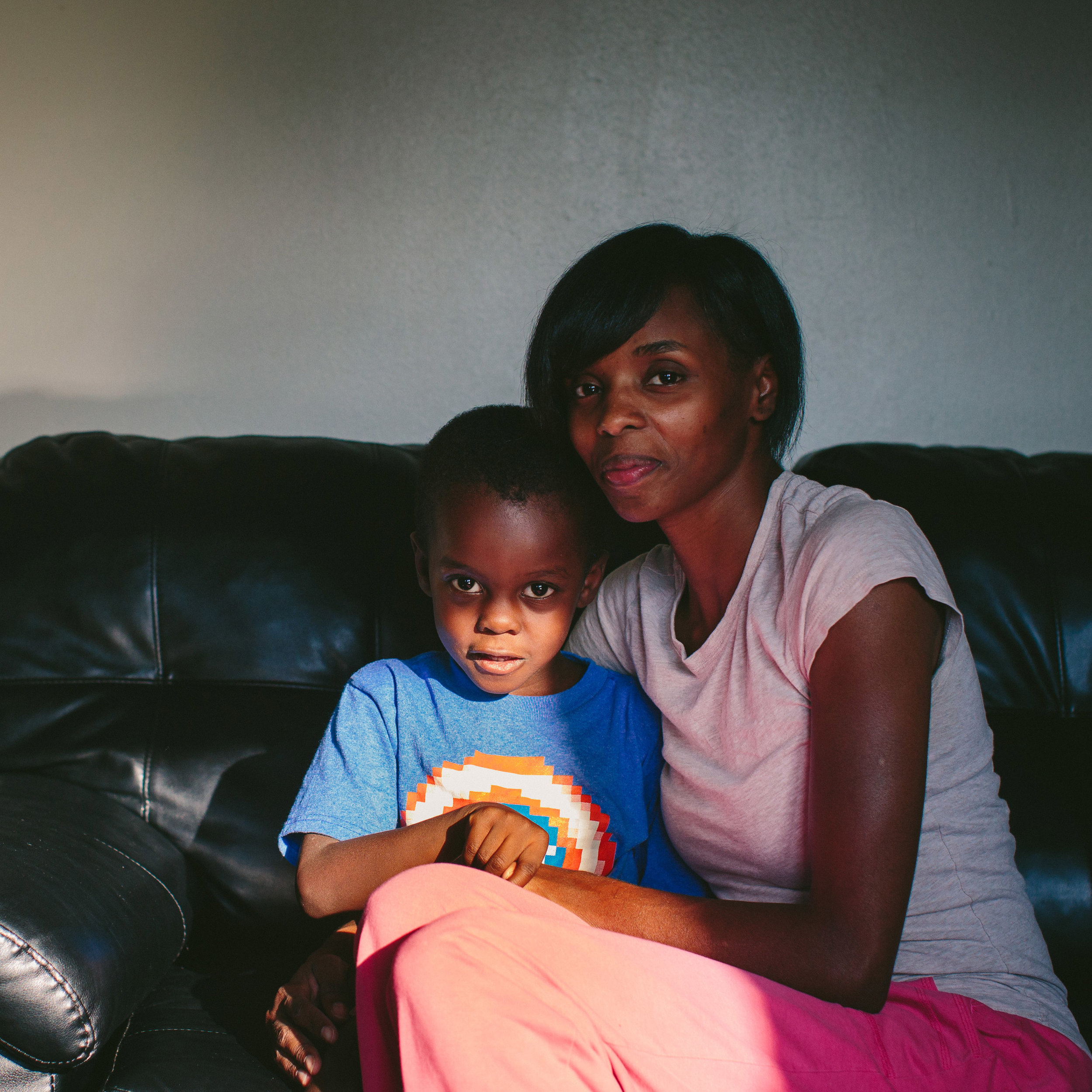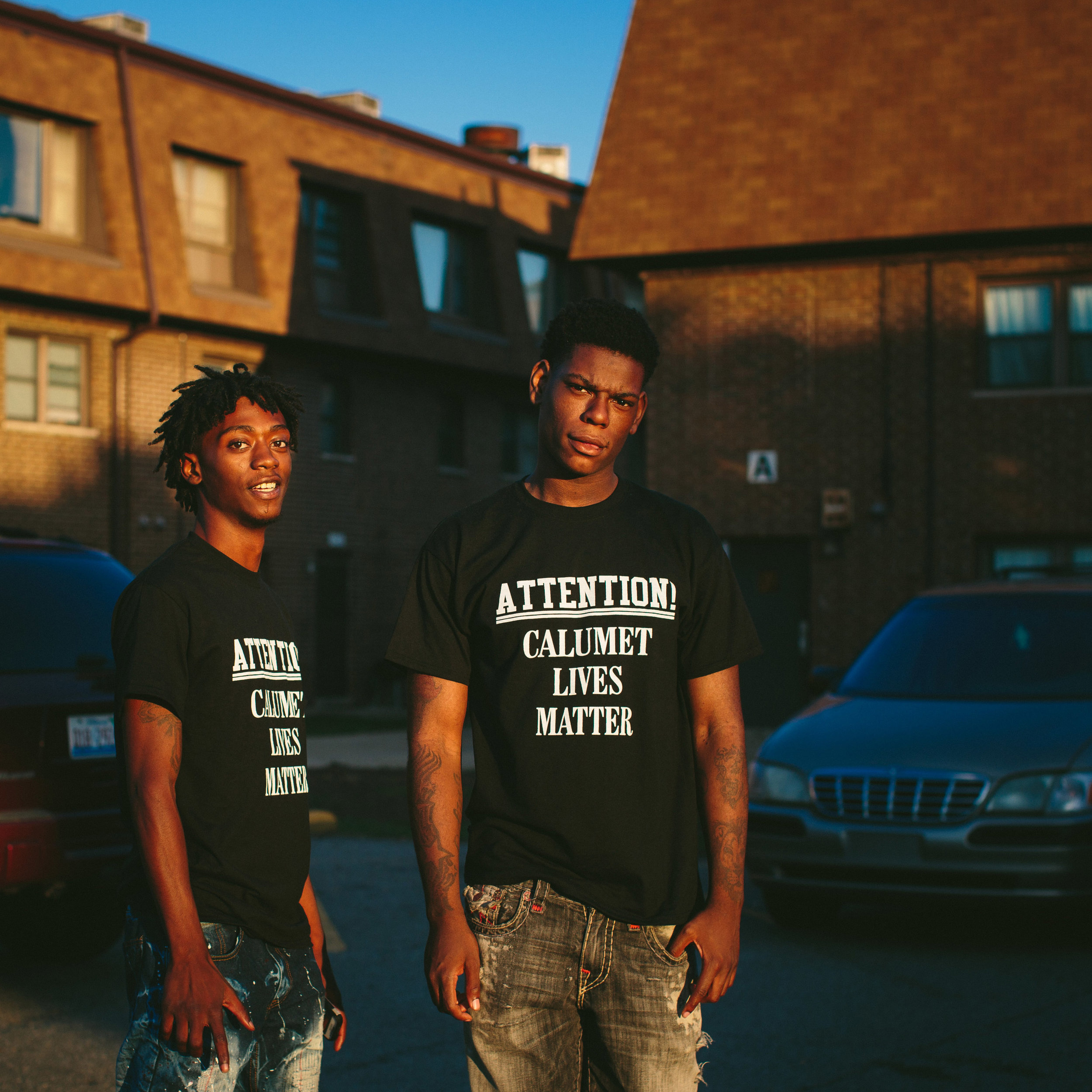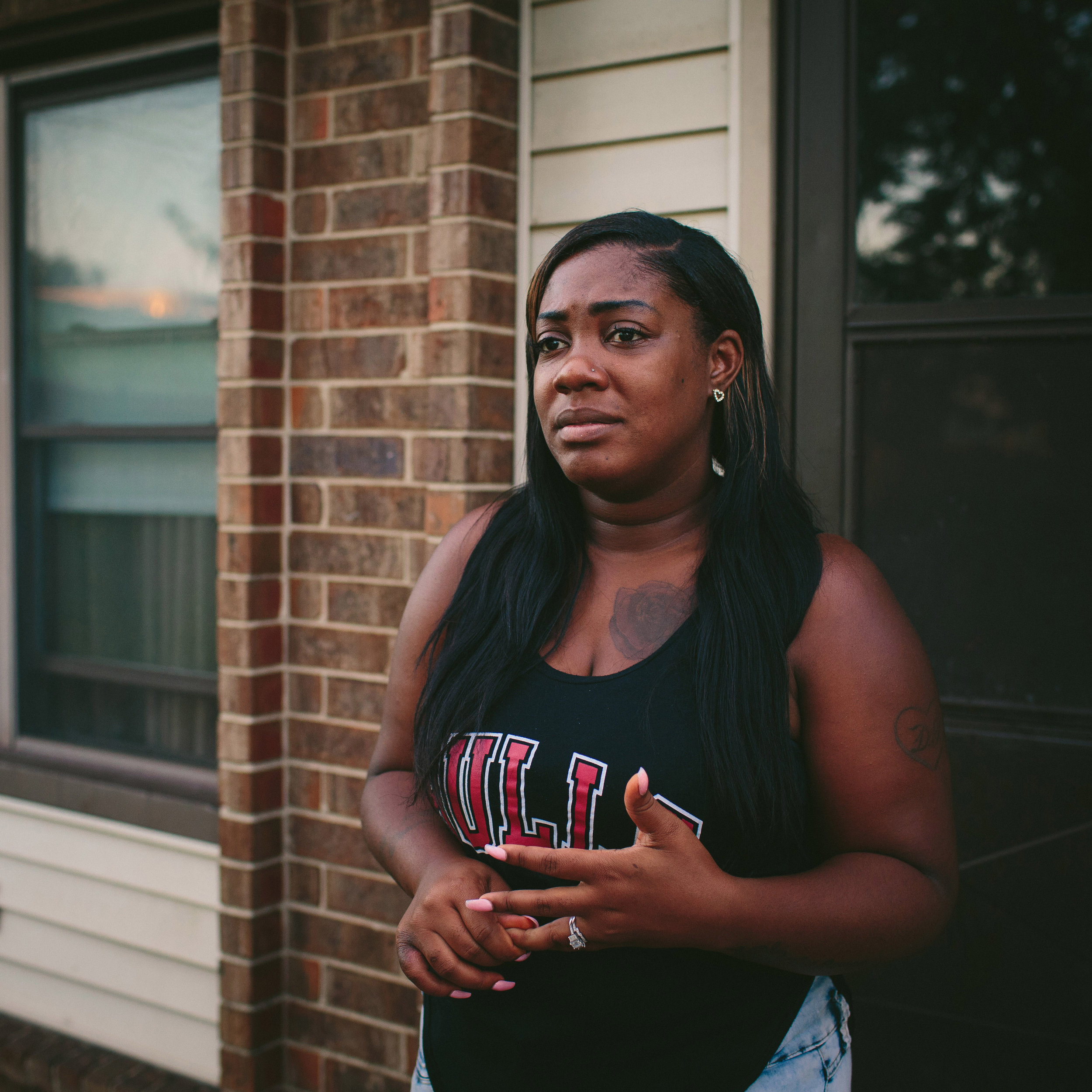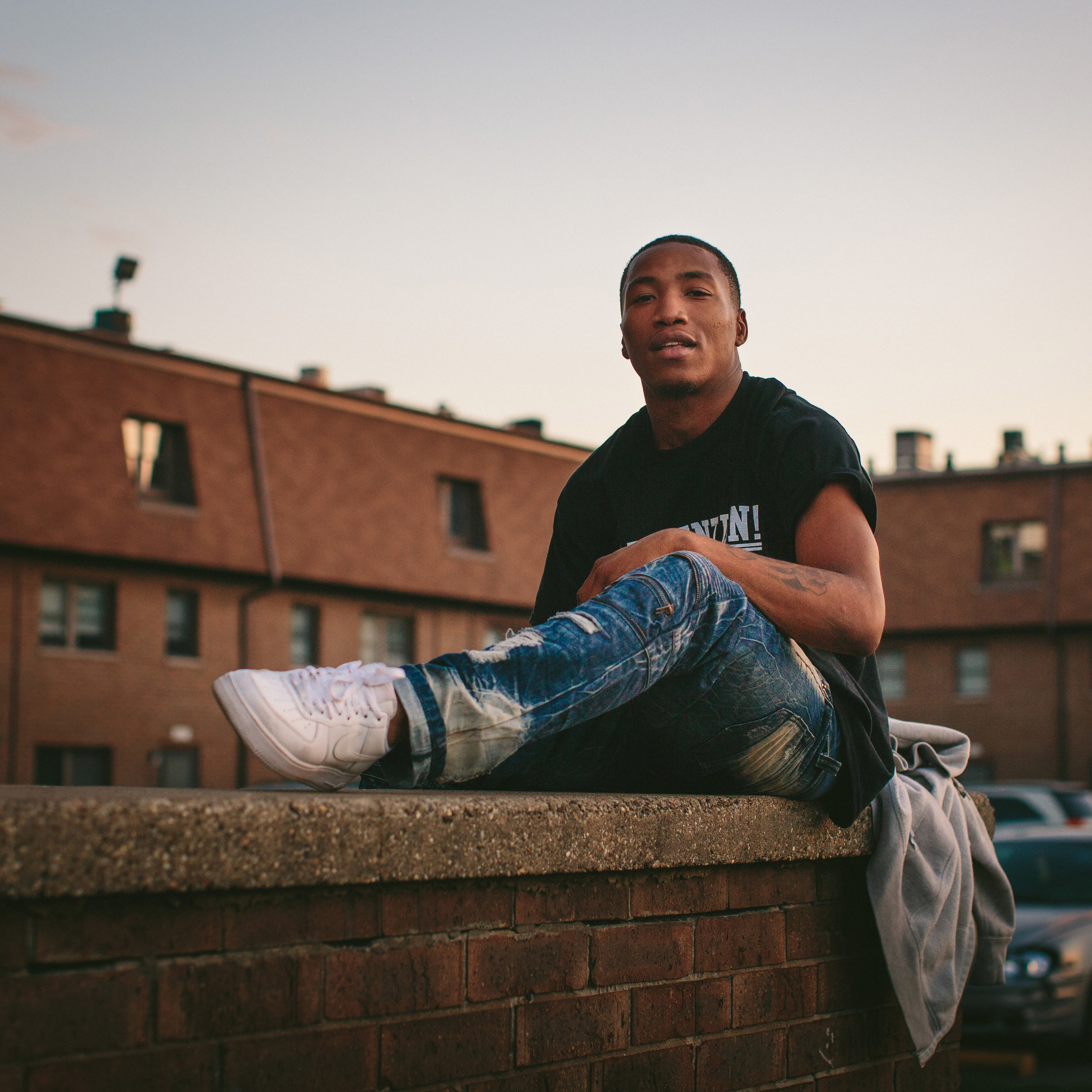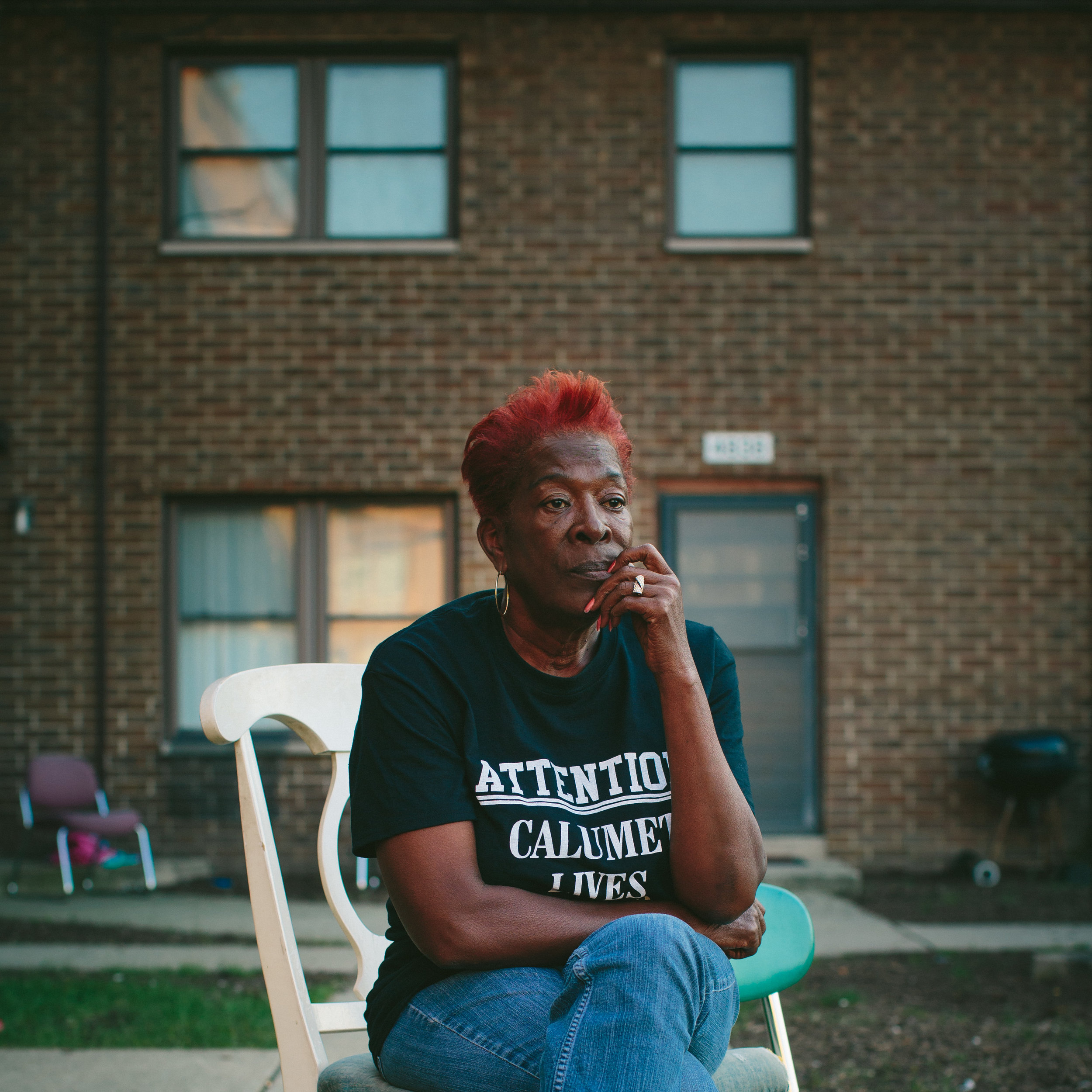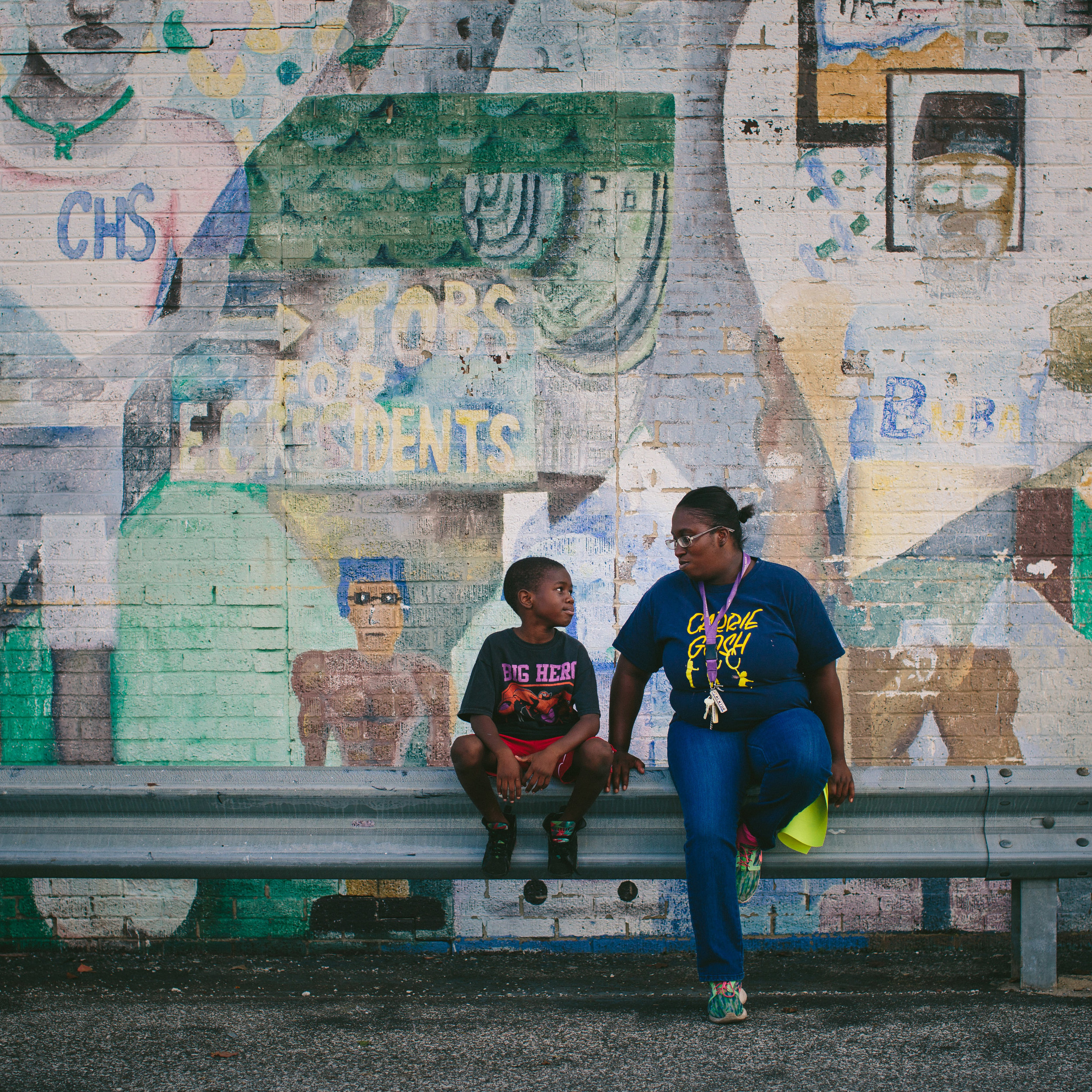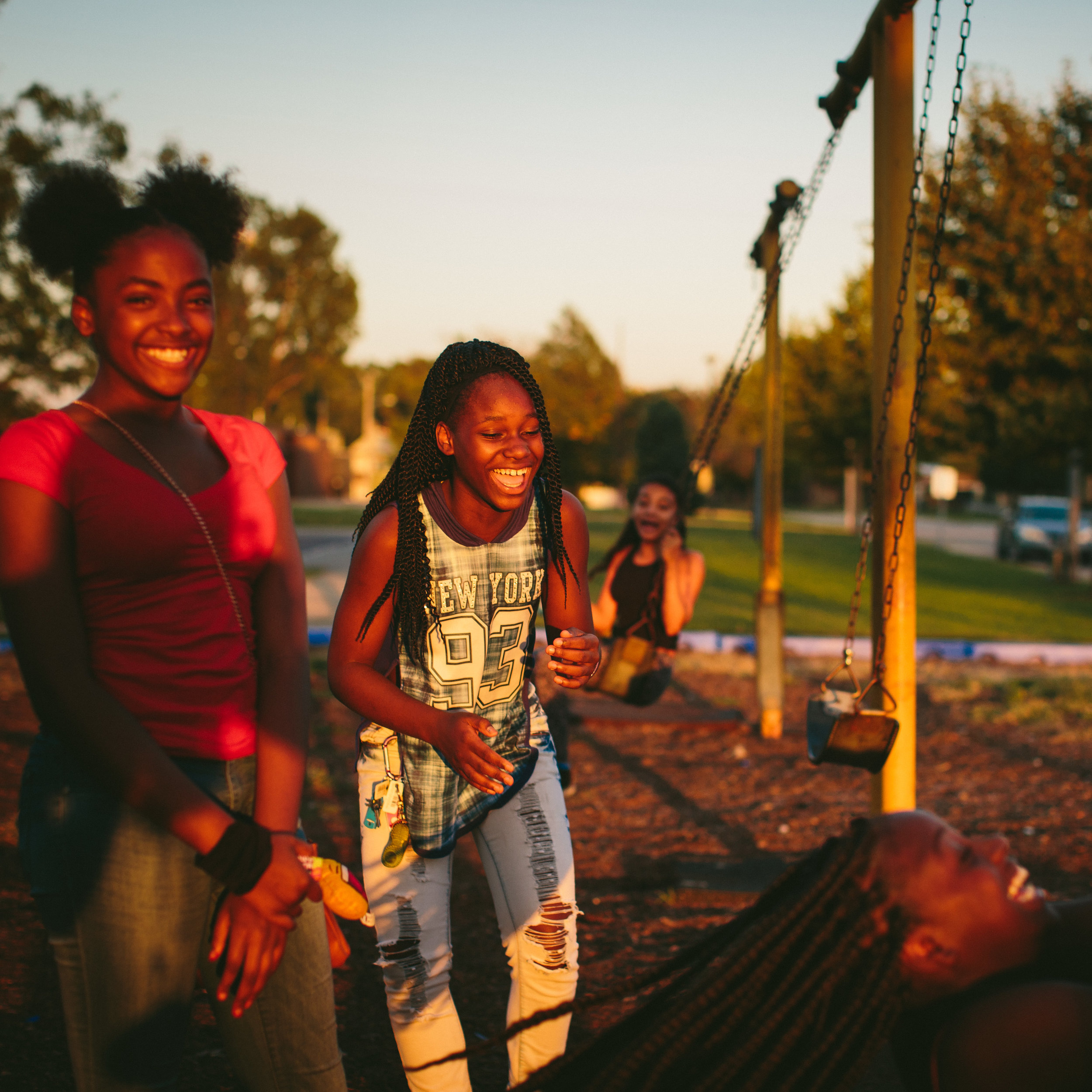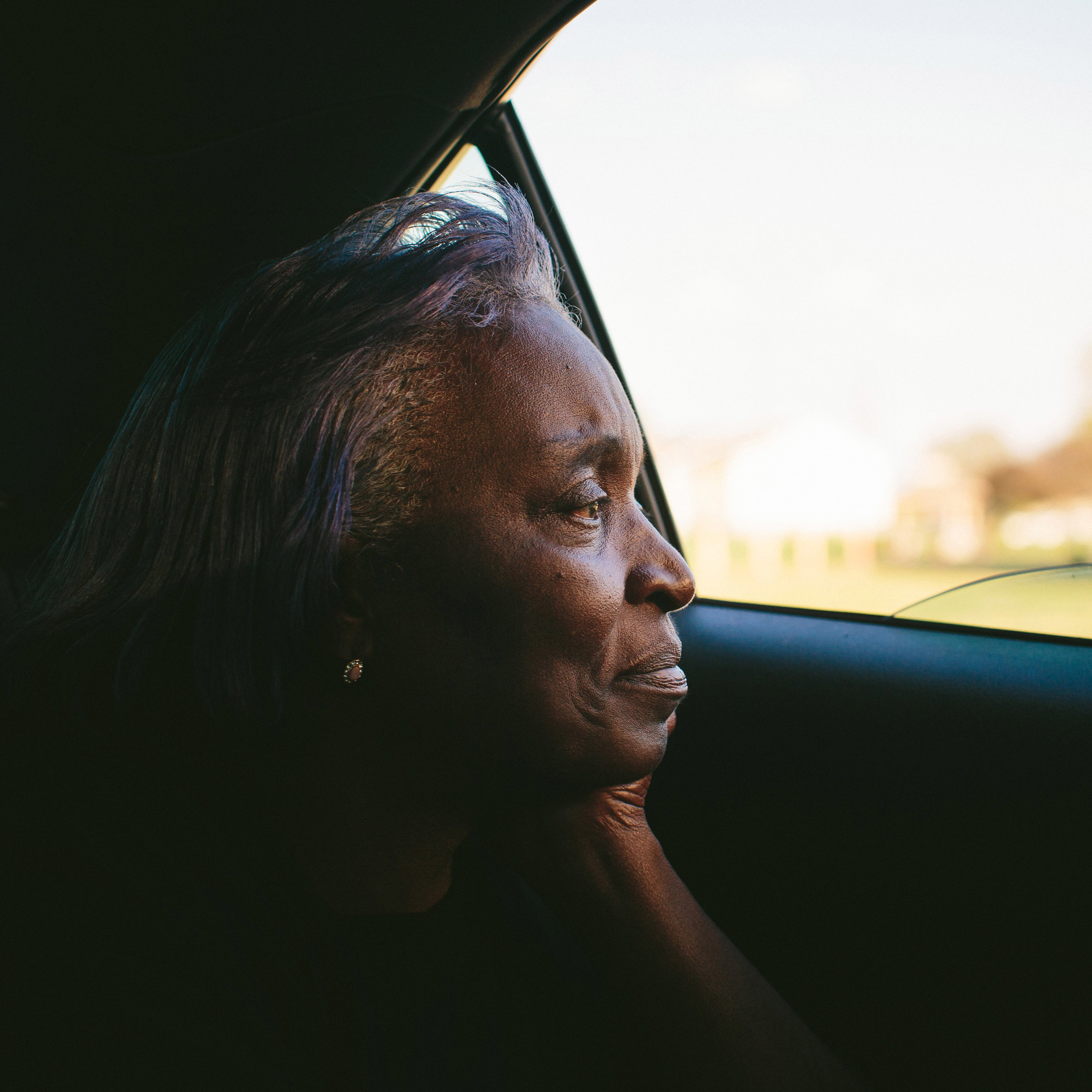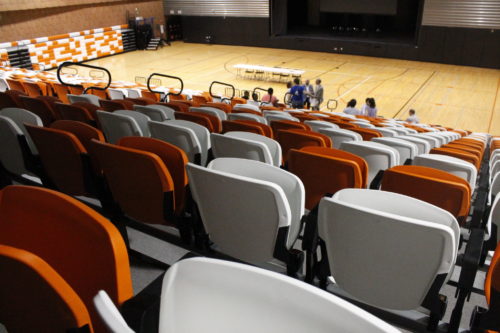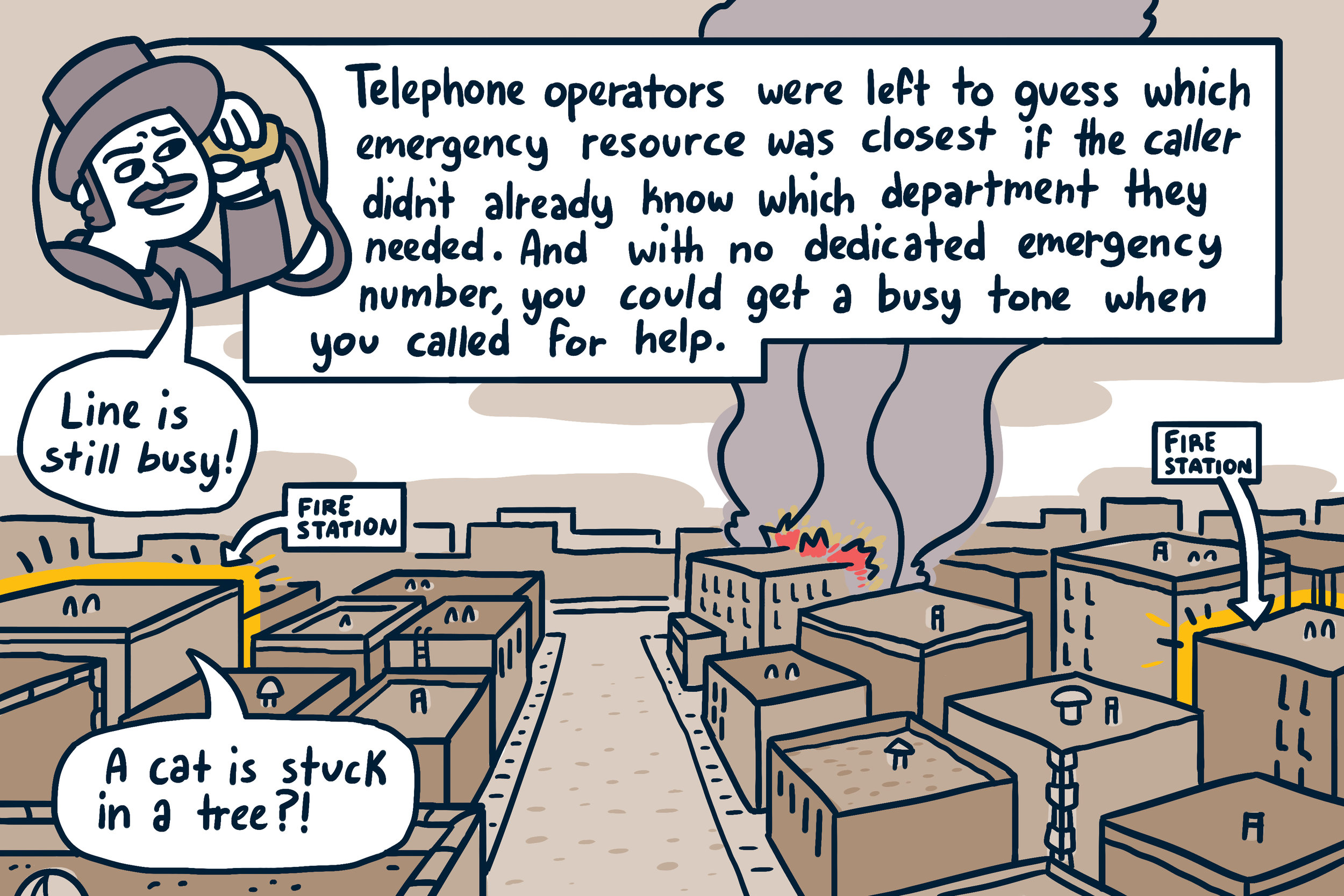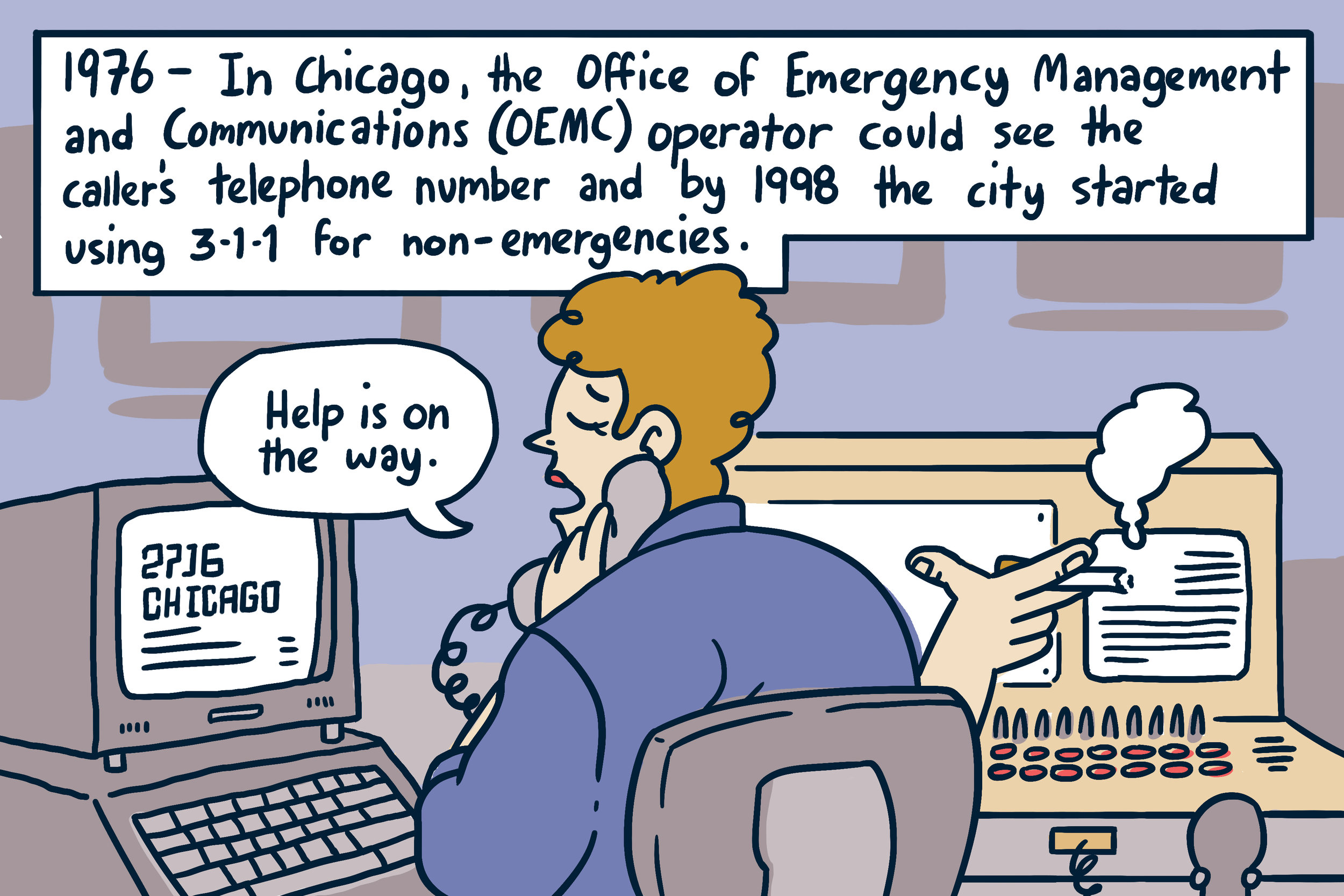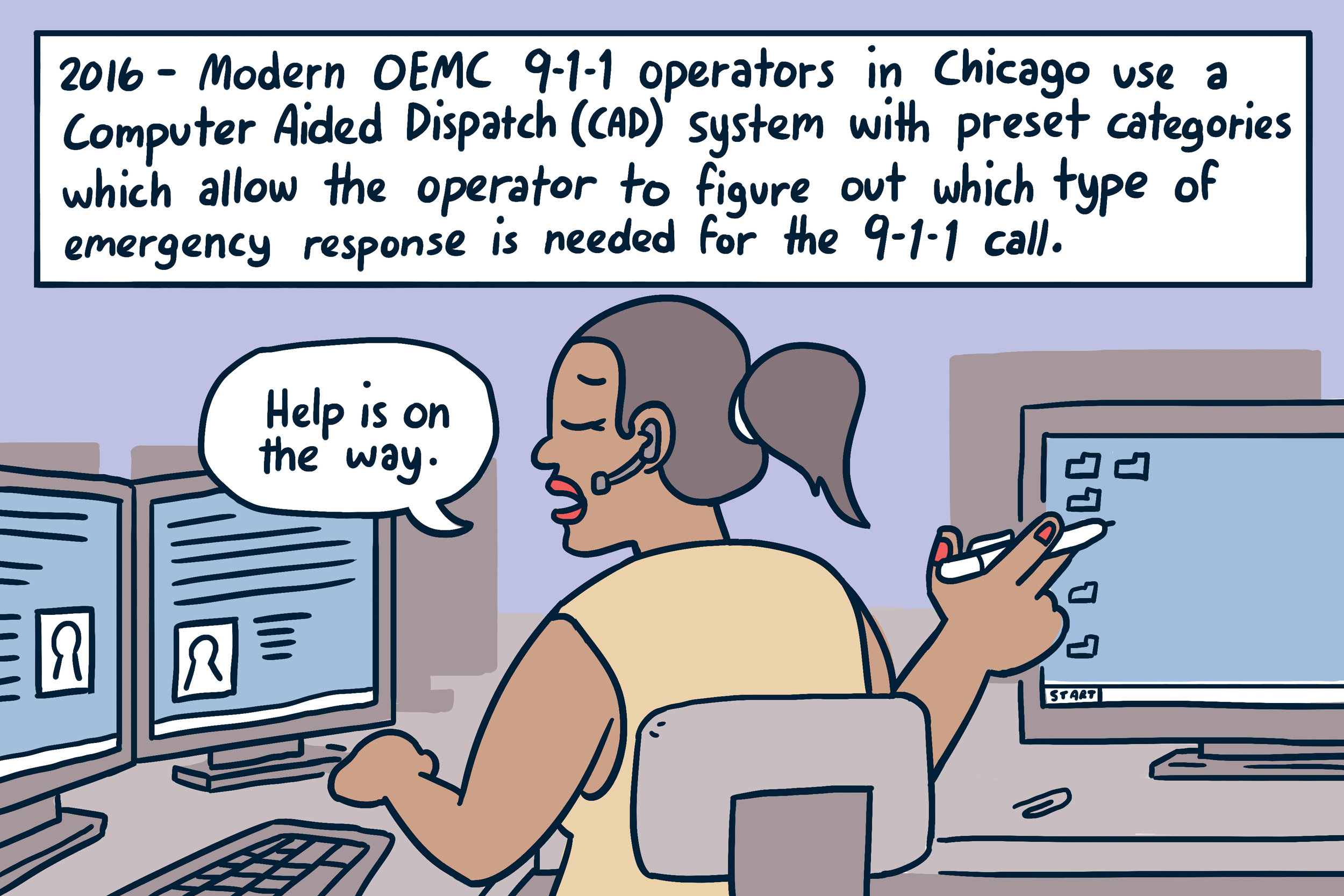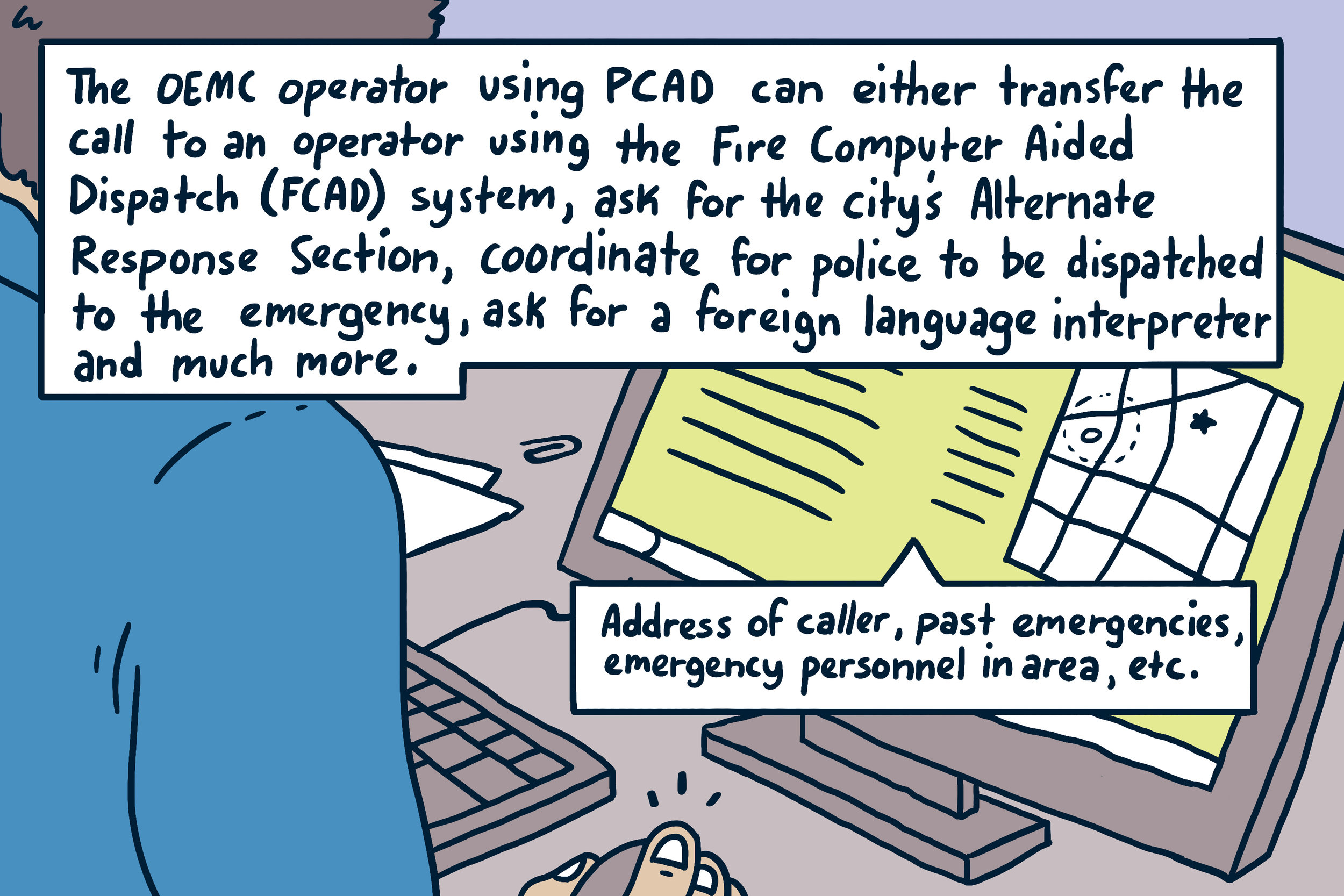CPD and IPRA's tendency to let officers accused of misconduct off the hook naturally leads to another question: What about CPS? Specifically, does the school district have the ability to review and even punish misbehavior by officers in its school?
Principals, deans, and other school leaders we spoke to said they had never received guidance from the district or CPD about what officers' intended role was, let alone about how to handle any concerns they might have.
"I've never had any formal communication from CPS about the role of police officers in schools," says Chad Adams, principal at Sullivan High School in the Rogers Park neighborhood. Adams has had a positive experience with the current officers in his school, but notes that he'd be more comfortable with a clear set of guidelines laying out "this is what a school police officer at your school is and isn't," he says.
Alvaro Ortega, a former dean at Sarah E. Goode STEM Academy in Ashburn, agrees. He also complains about the inability of principals to have a say in which officers are assigned to their schools.
"We do not have any control of who was assigned to us," he says, adding that he's worked in schools where the principal found assigned officers didn't mesh with the school's culture.
Principals, it turns out, can indeed flag infractions involving officers through CPS's own reporting system for school incidents, which is known as Verify. But much like CPD and IPRA's complaint system, CPS's reporting system has flaws that keep it from halting bad behavior, resulting in two separate and uncoordinated accountability processes, neither of which works well.
Wright's own history at Hyde Park Academy illustrates the complications and gaps in oversight that can arise from such a system. The Harris shooting wasn't the only time Wright's conduct as a police officer has been scrutinized. In January 2013, Wright was involved in another incident, this time with two students at Hyde Park Academy, that brought him under the lens of both CPD/IPRA and CPS.
The incident was documented in three separate sets of documents: a Verify report, completed by Ralph Bennett, Hyde Park's dean of behavior, and obtained via FOIA request; a complaint submitted to IPRA by one of the student's legal guardians, also obtained via FOIA; and in a civil lawsuit filed against Wright and the city on behalf of Christiona Kearny, one of the students involved.
These three separate accounts agree on a few things, starting with where the incident began: outside of Hyde Park Academy. They also agree on where the incident ended—in the police room, the base of operations for the school's officers. At Hyde Park it's barely more than a storage room, nearly filled by three blond-wood desks, one of which is plastered with a faded poster of President Obama. And on the door are signs with a printed warning: IF YOU ENTER THIS ROOM, IT'S ON POLICE BUSINESS.
Beyond that, the three accounts differ markedly.
According to the January 2014 lawsuit, on January 17, 2013, several students were involved in a fight outside the school. The suit claims that although Kearny wasn't involved in the fight, Wright took her into custody anyway when he came to break it up. While Kearny was in custody, he "struck [Kearny] in the face with his fist," the suit alleges. The city settled the suit for $15,000.
The IPRA complaint, filed six days after the fight, offers additional details and paints a confusing scenario. The fight led to the arrest of the two victims in the complaint, one of whom is likely Kearny, although their names were redacted by CPD.
The situation started with an argument between two students outside the school and grew to involve at least four other students. According to the complaint, as Wright attempted to break up the fight, he handcuffed two of the teenagers, identified as the two victims, and brought them up to the police room. From there, the complaint alleges, he punched the first victim in the face, choked the second victim, and pushed her by the back of the neck. A police report notes that one of the victims had a swollen eye.
The IPRA files include a statement Wright made to the commander of the Third District, in which he says that he "did execute an open hand stun to the face" to "gain control over an arrest situation." The arrest report, which names Wright as the victim and complainant, notes that one of the arrestees hit Wright on the left side of his face.
IPRA ruled not to sustain the complaint, as it has in all complaints against Wright.
The Verify report, meanwhile, lays out a starkly different scenario, one that doesn't hint at the allegations of misconduct. It notes what happened as follows: A student, whose name was redacted from the records we obtained, was involved in some kind of shouting match with another student outside the school. A police officer, likely Wright, told the first student to leave the area. When that student didn't comply, Wright took her to the police room to arrest her. But once in the police room, the student "became physically resistant to Officer Wright," according the report, "and began swinging [her] arms, hitting [Wright] in the process."
Wright disputes the version of events detailed in the IPRA report and complaint. Moreover, he says his relationship with Kearny remains positive.
"She graduated this year," Wright says. "She needs to contact me for anything, she knows she can."
Attempts to reach Kearny for comment were unsuccessful.
(Wright has also been accused of rape and/or sexual assault once, of excessive or inappropriate use of force three times in addition to the Kearny case, and of conducting an illegal search once. IPRA ruled all of these complaints unfounded, and Wright says that in the sexual assault complaint in particular he was unfairly accused. We were unable to obtain records related to the other complaints made against Wright. CPD failed to answer FOIA requests for all but the Kearny complaint, and IPRA rejected similar FOIA requests because the records either pertained to juveniles or were subject to the 2014 Fraternal Order of Police injunction, which blocked the release of several decades of citizen complaints against police.)
The marked discrepancies in these accounts suggests the first of several problems with CPS's reporting system. Namely that although principals can flag incidents like these in Verify, they don't have access to complaints made to CPD—complaints that might offer information beyond or in at school what school administrators have access to themselves.
Apart from that, CPS isn't obligated to investigate incidents involving school officers based on what's reported in Verify, according to interviews with more than a dozen school officials, attorneys, and teachers. But even if the district did want to pursue action, there is no clear process for doing so, sources say. Nor does the district have the ability to punish officers. The best a principal can do, sources say, would be to report an incident to an officer's sergeant and hope that the district would then remove the officer from the school.
That said, all school personnel are mandated by law to report child abuse to DCFS—any physical injury that wasn't accidental, as well as excessive corporal punishment by parents, family members, or "any employee or contractor at the child's school." In a January 2014 memo, the DOJ further charged administrators with ensuring student safety and enforcing laws that ban discriminatory disciplinary measures, even if they're carried out by contractors, like school officers, not directly employed by the school. (Officers are technically contractors, per an intergovernmental agreement between CPD and the Chicago Board of Education.) All this suggests that CPS does bear some responsibility to further investigate and report use of force against students by police officers in its schools, even if the district doesn't see it as
its role.
In the meantime, reformers say simply sharing information between CPD and CPS would be a good start in reducing any potential harm to students.
"The conflicting narratives in IPRA's investigative report, CPS's Verify System, and the civil complaint filed thereafter demonstrates the need for CPS, CPD, and the city to routinely report, review, and evaluate the performance of police officers assigned to schools and share that data with each other," Mbekeani-Wiley says. "This may prevent the assignment of police officers that students need protection from."
"Without youth-specific training, officers will resort to what they have been trained to do on the streets: make arrests."click to tweet
—MICHELLE MBEKEANI-WILEY, ATTORNEY WITH THE SARGENT SHRIVER NATIONAL CENTER ON POVERTY LAW
Critics of police officers in schools see these cops as a crucial link in the "schools-to-prison pipeline," in which punitive and zero-tolerance policies within schools funnel young people into the criminal justice system. Dealing with misbehavior through a police officer, rather than, say, a restorative justice counselor, can be a fast track to a criminal record, they say.
Ortega, the former dean at Sarah Goode, says officers serving in schools rarely give second chances to young people who've done something wrong.
"Once a student does some behaviors and finds themselves as a criminal in their eyes, they couldn't really get out of that," he says. "They were so quick to say, 'Come on and get him locked up.' "
In 2014, Christion Gunn was a 15-year-old student at Foreman College and Career Academy in Portage Park when he was involved in an altercation at school. According to Gunn, he saw another male student hit a girl. No one intervened, Gunn says, so he stepped in. Shortly after, Gunn says, the school's officer, along with a security guard, broke up the argument and took Gunn to the principal's office.
There Gunn was accused of punching a security guard, he says, and was told he'd be be arrested for his role in the fight. He was charged with aggravated assault and forced to repeat his sophomore year. Moreover, his relationship with the school's leadership was ruined, he says—they'd eventually motion to have him expelled. (Foreman's principal, Wayne Issa, declined to comment on the case.)
Although the charge against him was eventually dropped, Gunn, who's completing his degree at Association House High School, says that because the charge was used to expel him, much of the damage had already been done.
Although Gunn was spared time in prison, he thinks that cops involved in incidents like his unnecessarily escalate everyday situations that can be resolved without intervention from law enforcement. If the situation had been handled only by school security guards, he argues, they could have asked him to sit down and cool off without resorting to an arrest.
"Personally, I don't think police should be in school systems," he says. "It ruins the education process."
The research bears up his concern. A 2012 study published in the Journal of Educational Sociology found a link between arrests of high school students and the propensity for them to drop out of high school. A 2008 study by the Council for a Strong America, an antiviolence nonprofit based in Washington, D.C., found that young people who drop out of high school are eight times more likely to be incarcerated than are their peers. And a study published in a 2011 issue of Justice Quarterly found that having an officer in a school more than doubled the rate of referrals to law enforcement for simple assault, and made discipline more punitive across the board.
Research also suggests that relatively few students arrested ended up in the criminal justice system because of a serious offense. An analysis of arrest data by WBEZ found that of 4,600 arrests on school grounds in 2011, only 14 percent were for felonies—meaning the rest were arrests for relatively minor misdemeanors.
Nor is this punishment applied evenly. School officers are most often stationed in low-income and minority schools. And mirroring racial disparities in the criminal justice system as a whole, a report by the police abolition group Project NIA found that 75 percent of young people arrested in schools in 2011 and 2012 were African-American, despite their accounting for only around 40 percent of CPS's student population.
Representatives of the Chicago Teachers Union say they'd like to see resources that go toward officers redirected to professionals like counselors or social workers—a 2016 report from the 74, a news site covering education, calculated that there were about twice as many officers as counselors nationwide.
In 2015, CPS released a revised student discipline code that attempted to limit suspensions, and around 100 schools have restorative justice counselors who provide a regular alternative to cops—they aim to solve conflicts through the use of "peace circles," which bring in people affected to resolve a conflict through discussion and encourage the school to work through problems with students rather than immediately disciplining them.
Later this month the Shriver Center will release a list of recommendations for improving how school officers function in CPS schools—recommendations it's already begun to discuss with CPS. Among the suggestions: CPD officers must have clear guidelines that distinguish between disciplinary misconduct and criminal offenses; they must be provided with additional training that teaches them how to effectively work with young people; data related to the school officer program must be published regularly; schools with stationed officers must increase student access to counselors; and any changes to the school officer program must be made with the involvement of community partners.
"We hope that the data and research collected in our report will be used . . . to eliminate the school-to-prison pipeline," the Shriver Center's Mbekeani-Wiley says.
Gunn now works with the Voices of Chicago Youth in Education (VOYCE) Project, a youth group organizing to break the school-to-prison pipeline at its source—schools' discipline systems. The group was instrumental in passing SB 100, a state-level bill that makes suspension or arrest a last resort within schools. It's also part of the Transforming School Discipline Collaborative, which seeks to offer concrete proposals for state-level changes in school discipline. Members are now working on a campaign to advocate arrests only for felonies within schools, more comprehensive mental health services, and training for school staff on conflict resolution.
But many criminal justice reformers ask whether police belong in schools at all.
Mariame Kaba, Project NIA's director and a longtime antipolice activist who coauthored a 2012 report on arrests in schools, says that cops exist to arrest people—a reality no amount of training or improved guidelines can change. Cops, Kaba says, "aren't supposed to be conflict resolution counselors . . . it expands their reach and mandate and asks them to take on things they shouldn't be taking on."
Project NIA is a member of the Dignity in Schools campaign, a coalition encompassing organizations in 27 states, including Illinois, that are working to remove officers who patrol in school.
For his part, Wright rejects calls to eliminate police from schools.
"Anybody tell you they don't think police officers are very necessary—they are," he says. "In some schools, you really don't need them, but in certain schools it's a must."
But fundamentally Wright and the reformers have more in common than one might expect. Wright says he would love to see a return to the days of the school patrol unit, when CPD provided him and his fellow officers with additional training and other forms of support.
After all, he asks: Who else is going to "build that rapport," as he puts it, to help his students develop positive associations with police?
"You build a trust with the kids," he says. "Once they graduate, they go on and do good things and never forget you."
This report was produced in collaboration with the Chicago Reader.
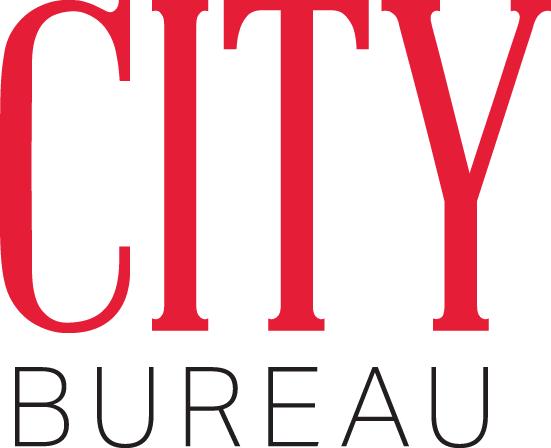


















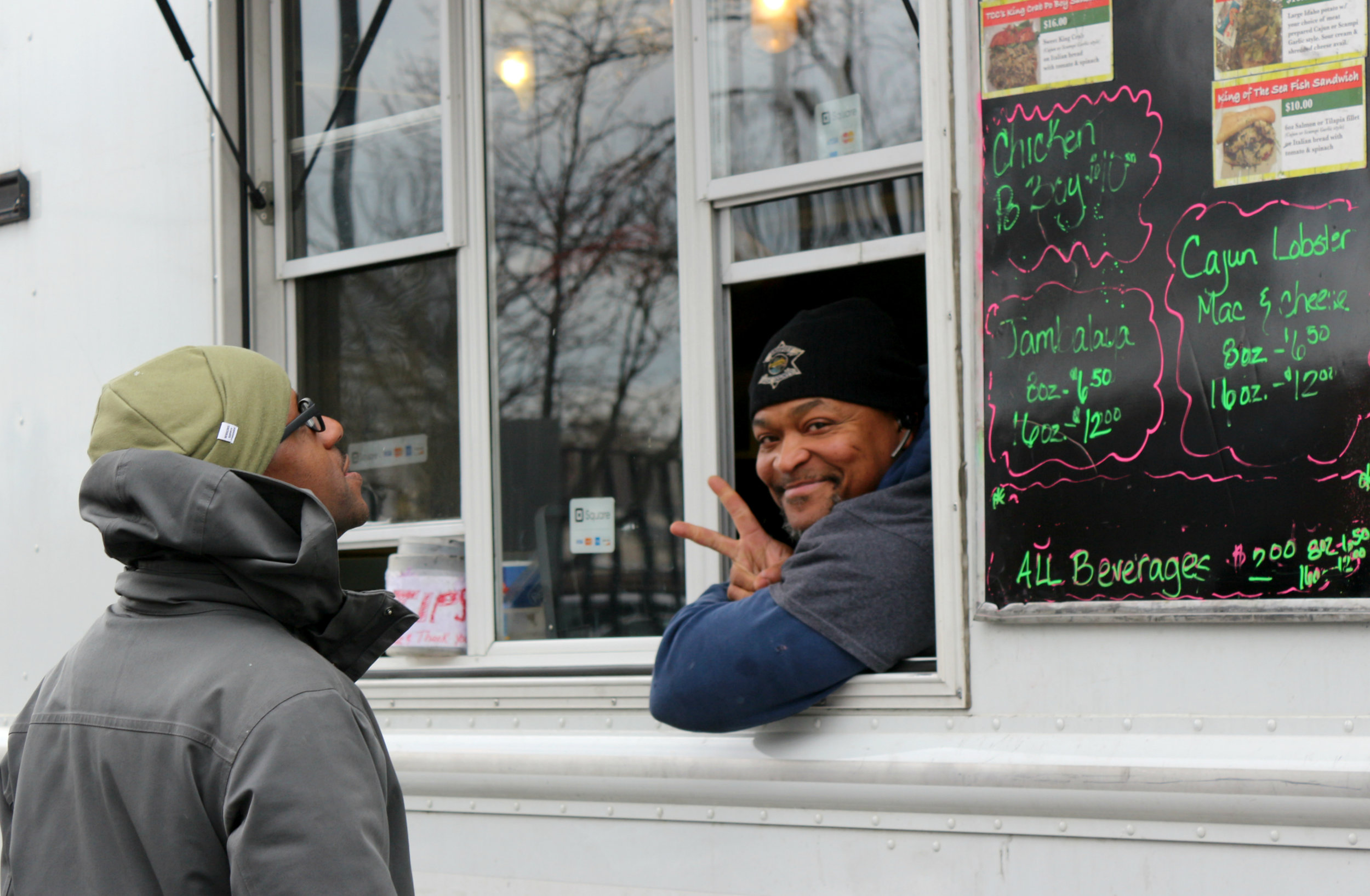
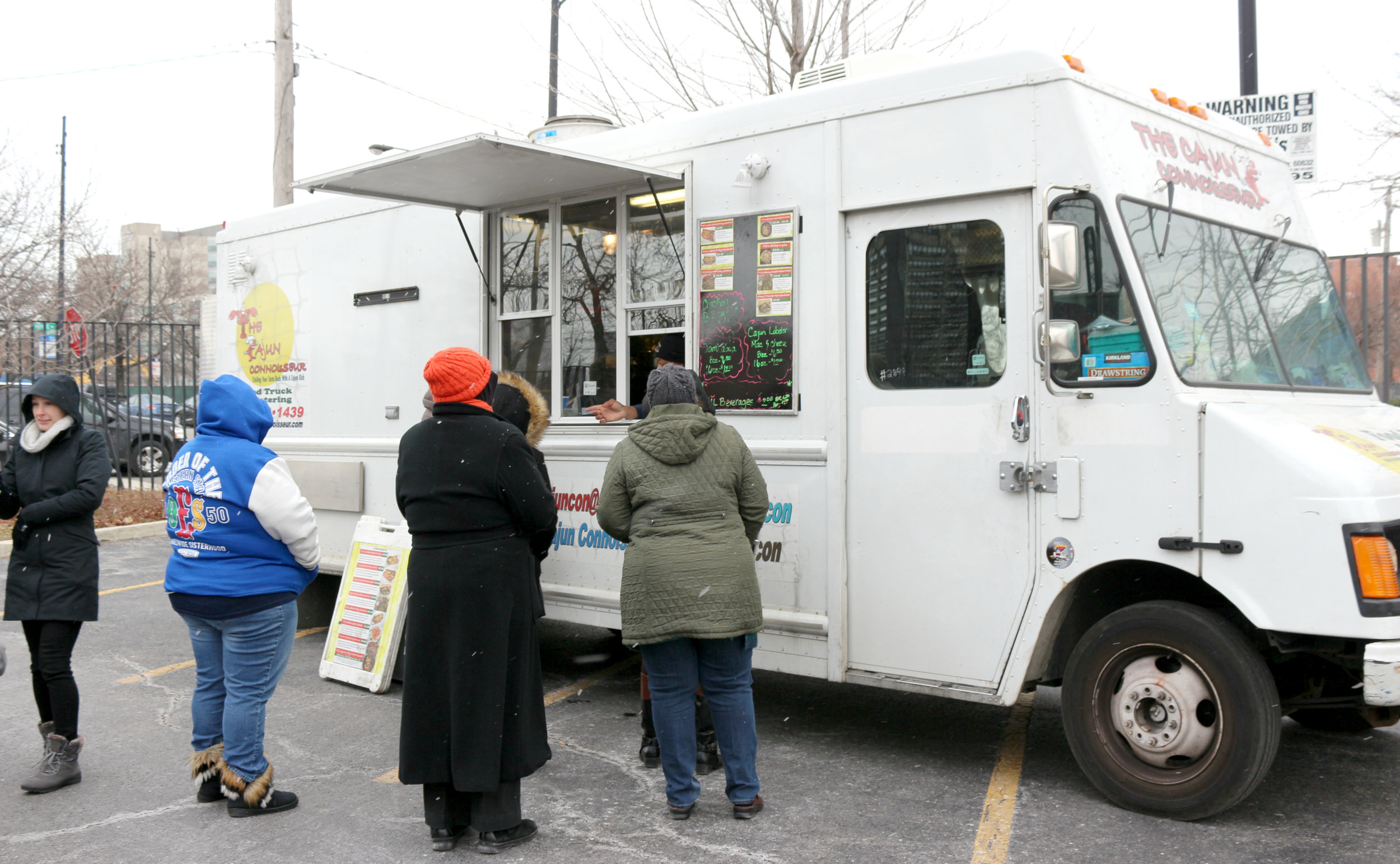
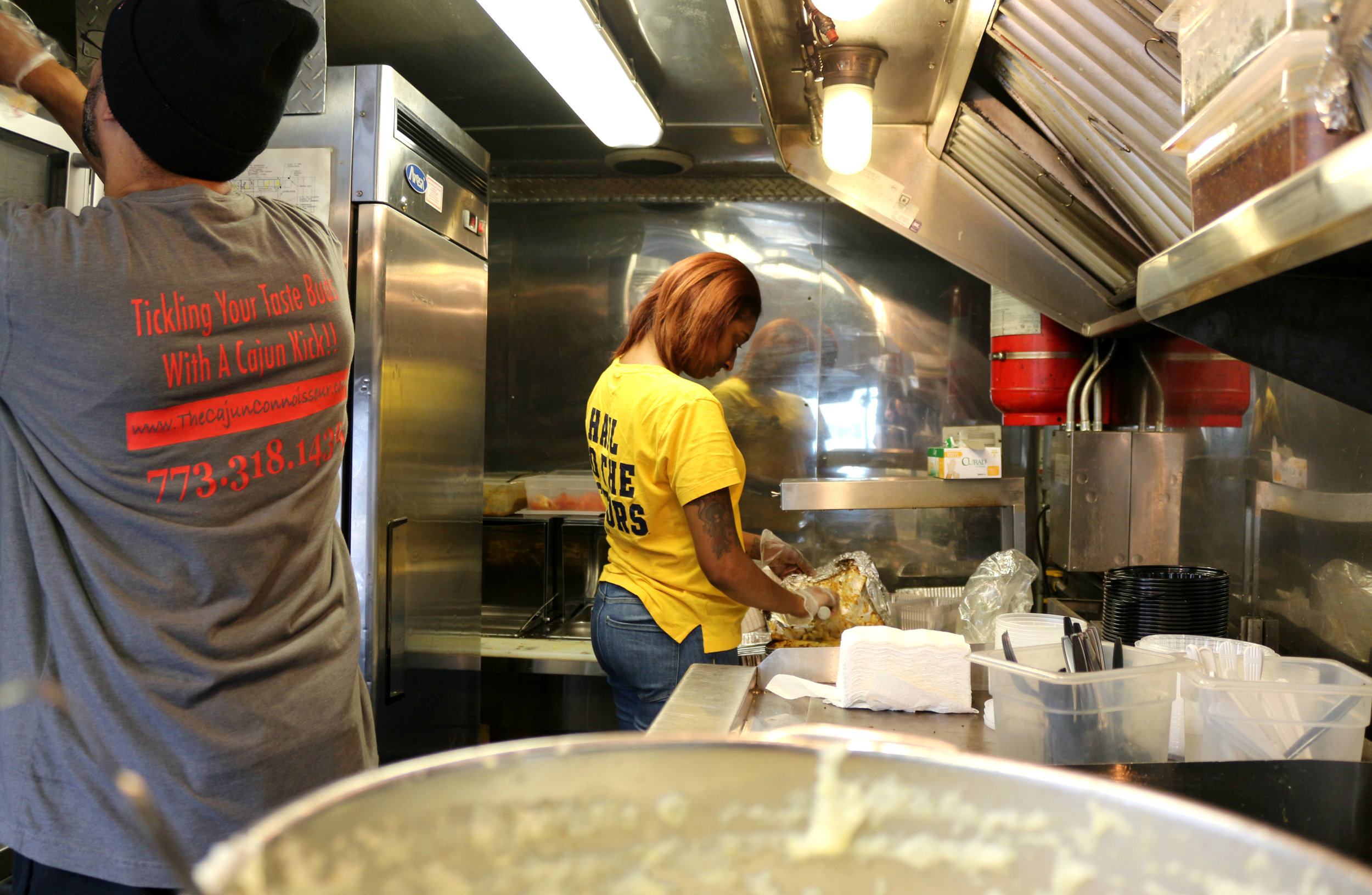
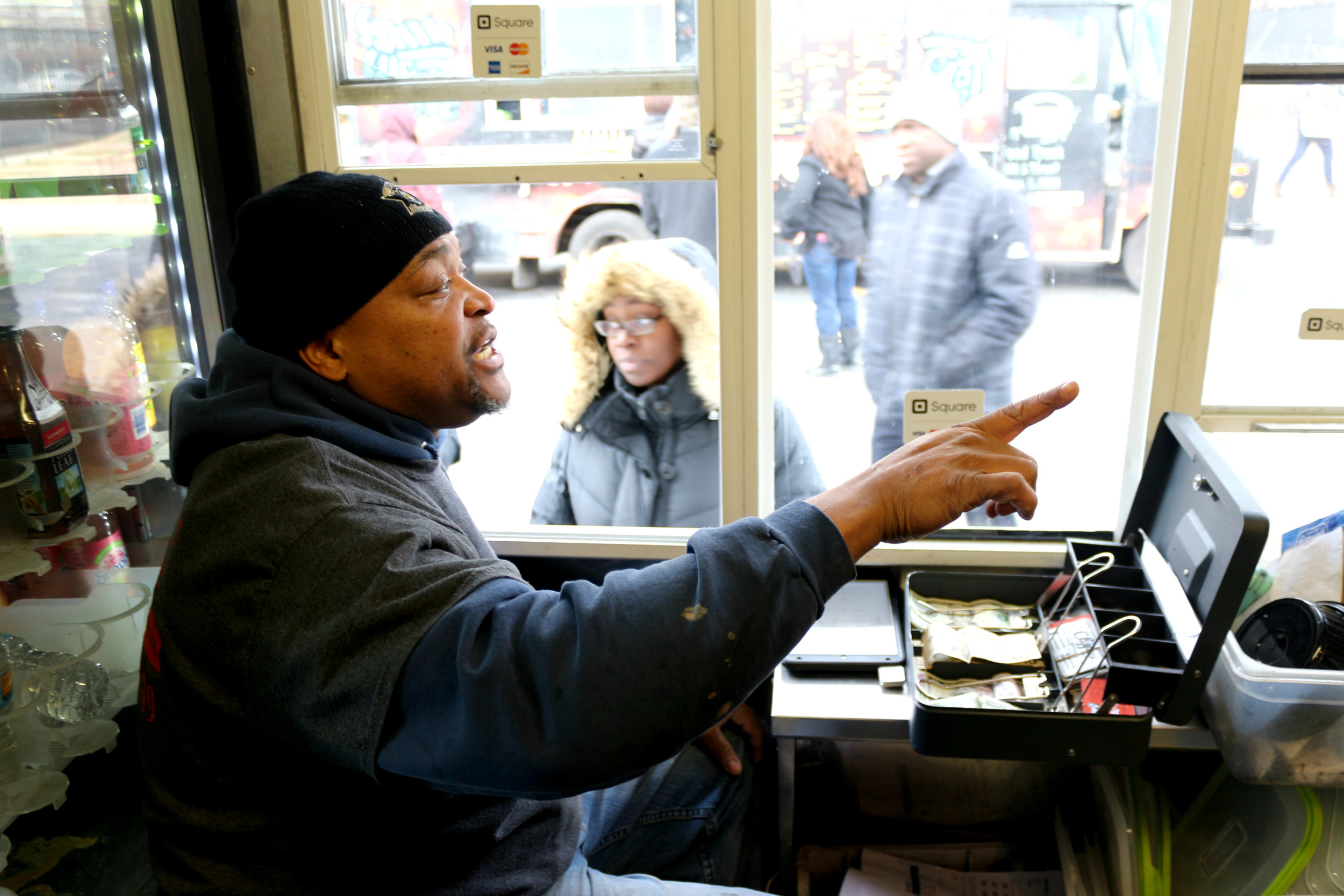
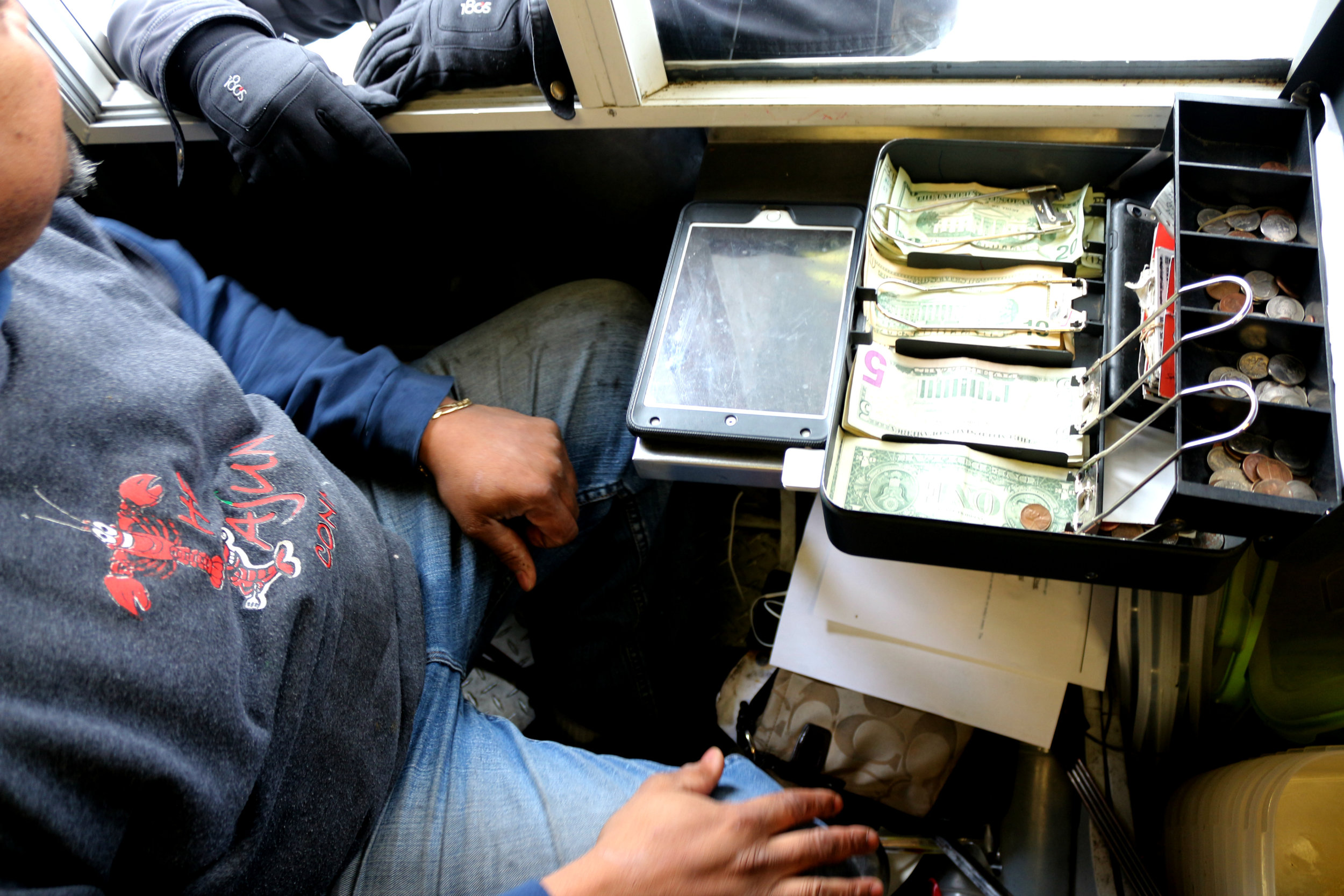
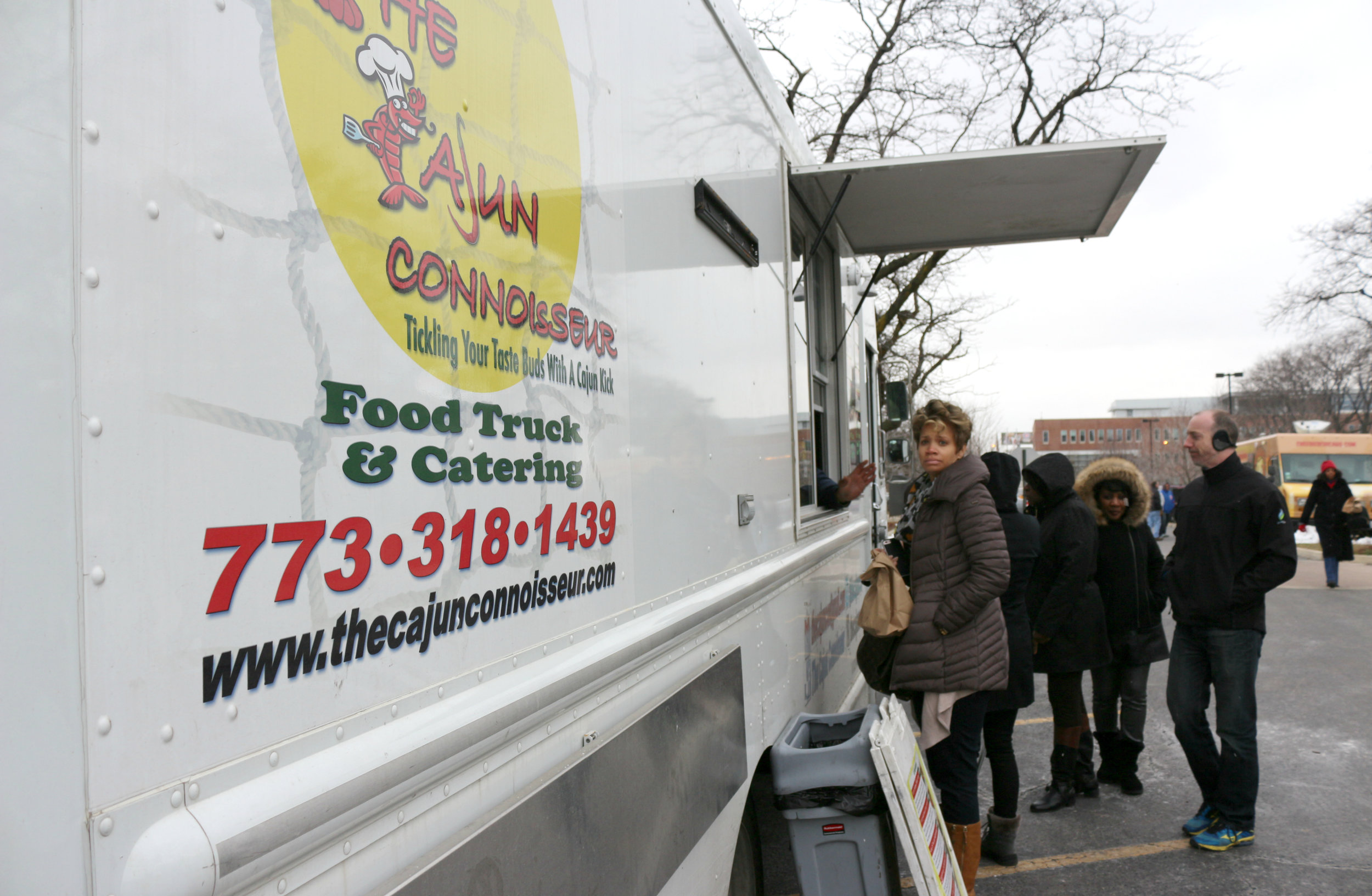
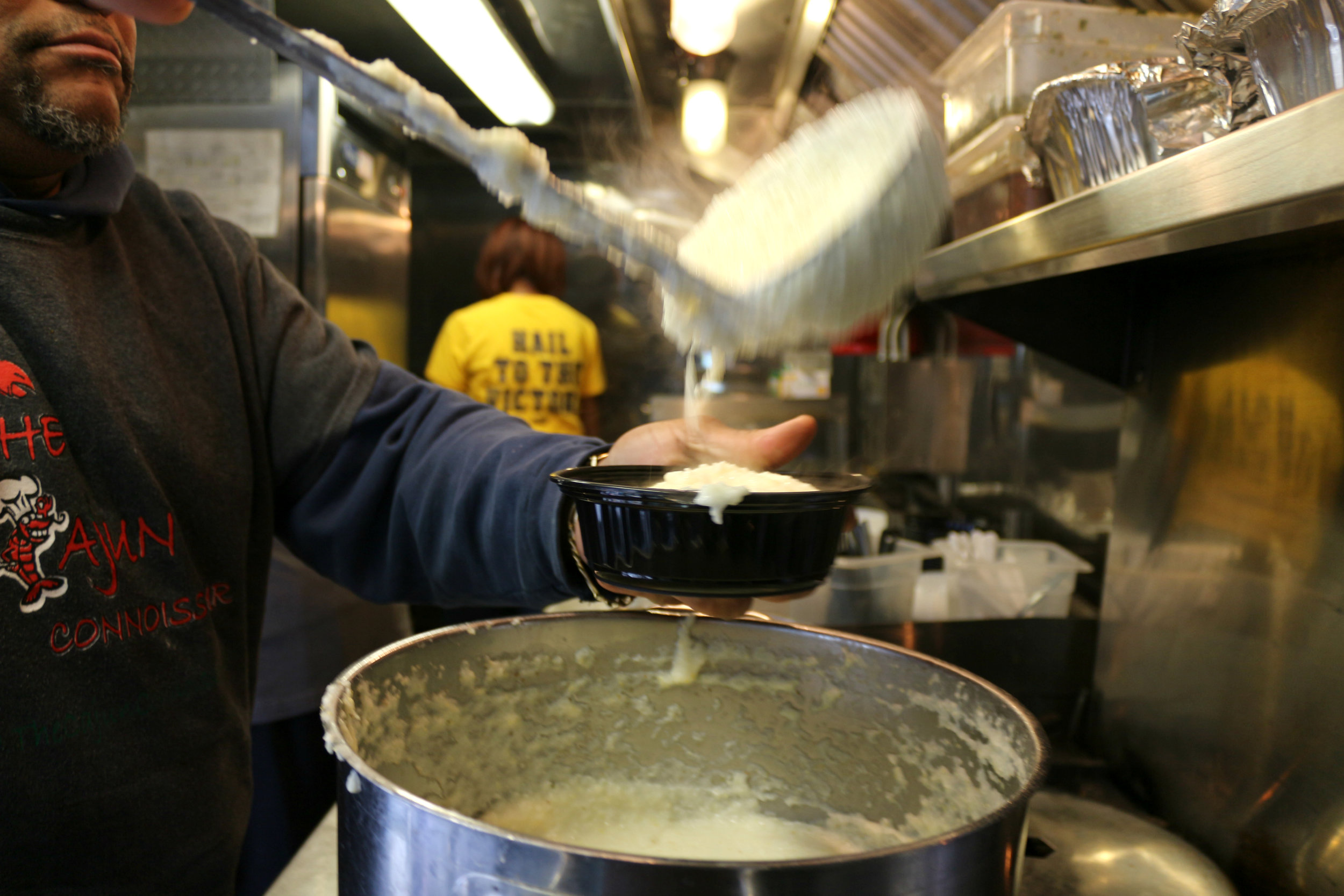
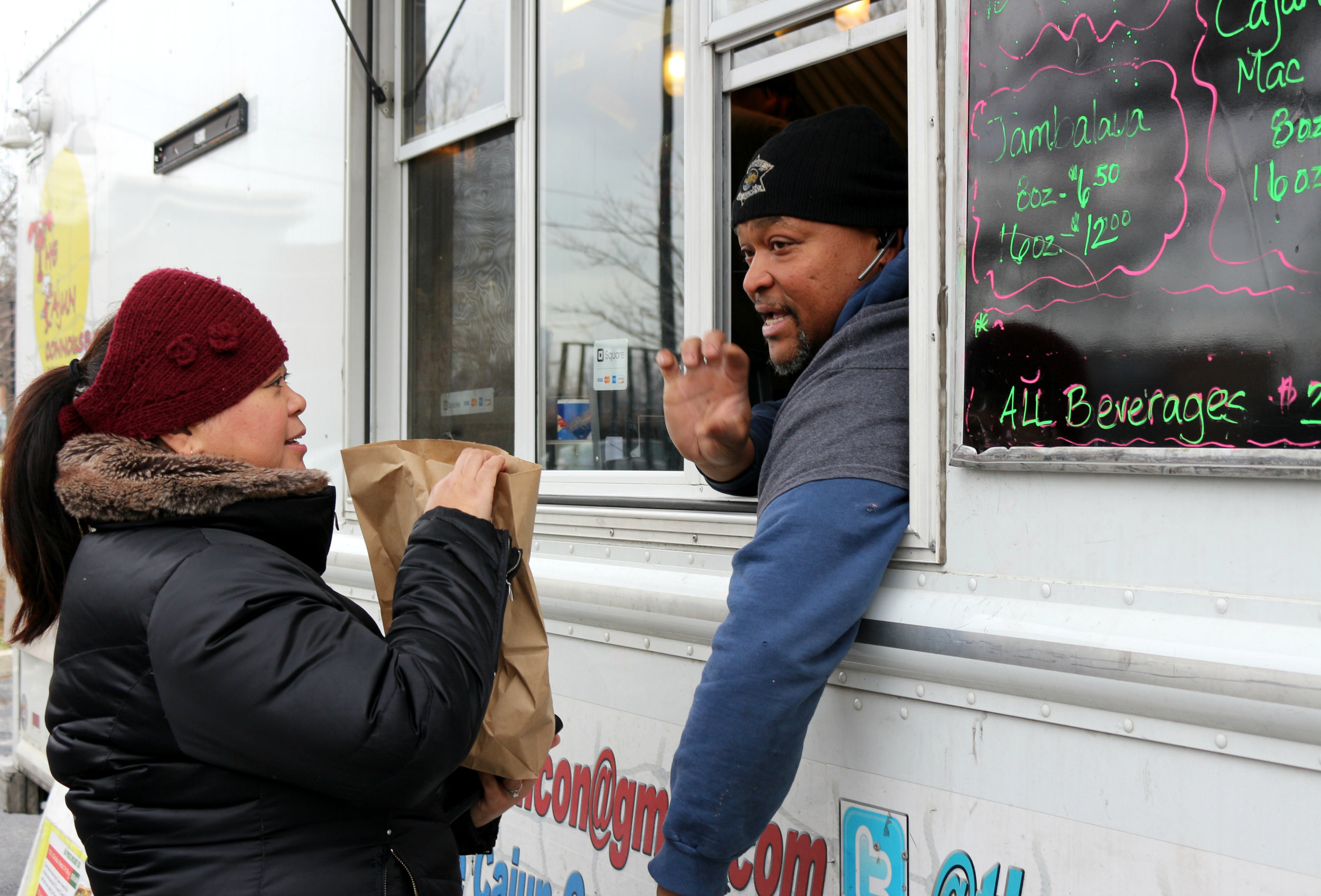
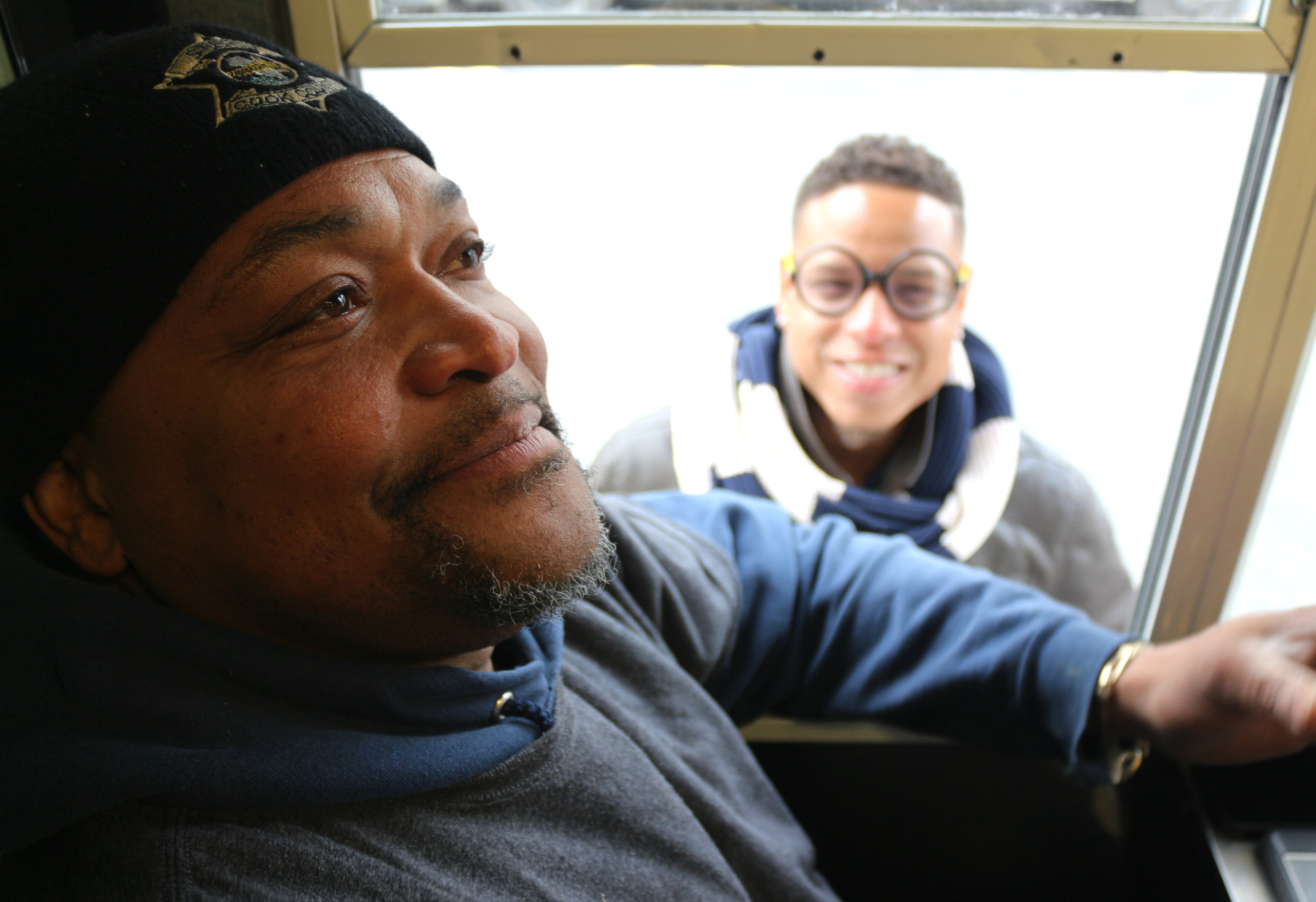
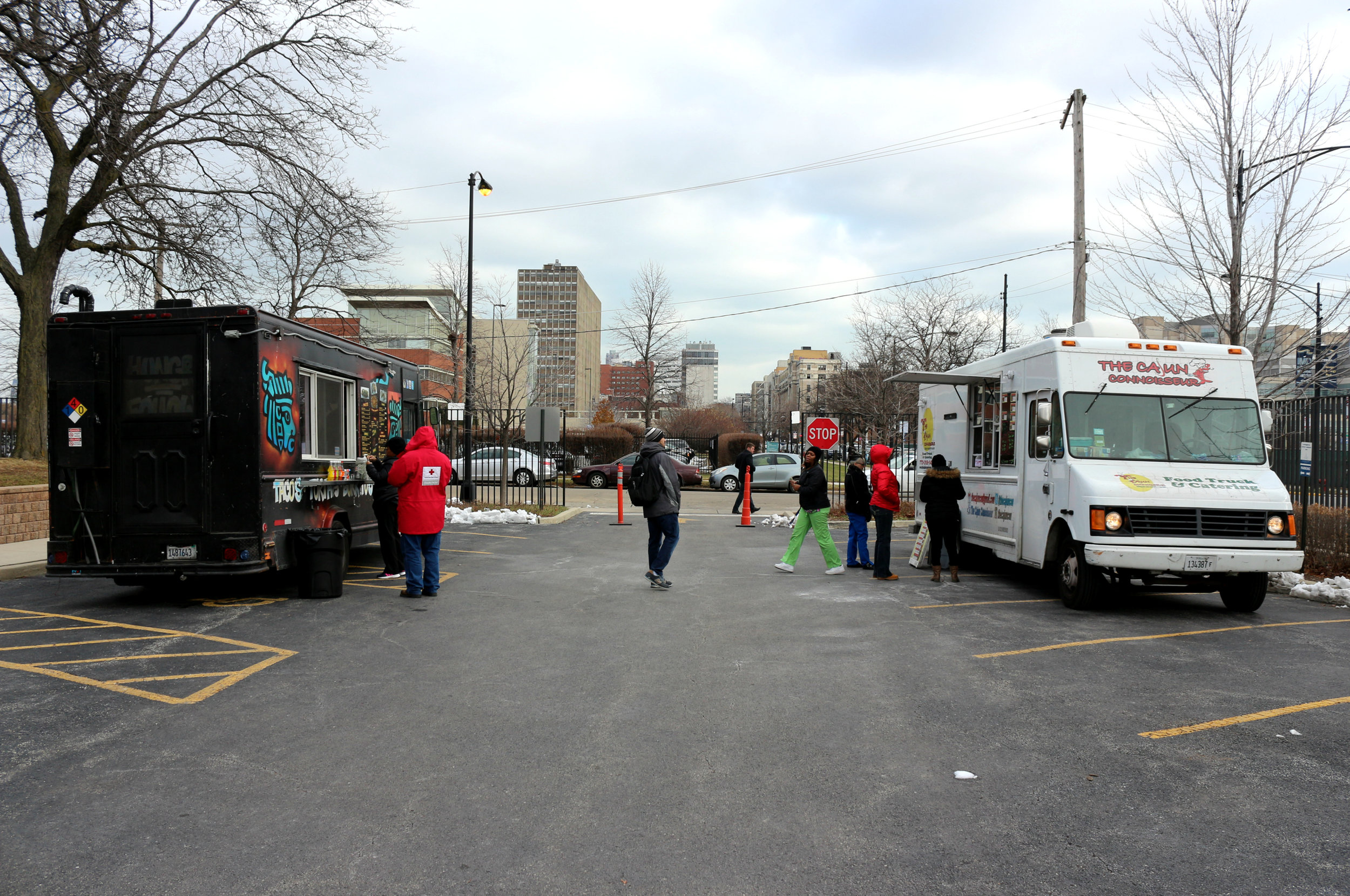
![The Fight for East Chicago [PHOTO ESSAY]](https://images.squarespace-cdn.com/content/v1/56cfdde2c2ea51668ffa109d/1484255268085-D8HA0ZJ481OAFHHNKZ41/01-WestCalumet-9510.JPG)

